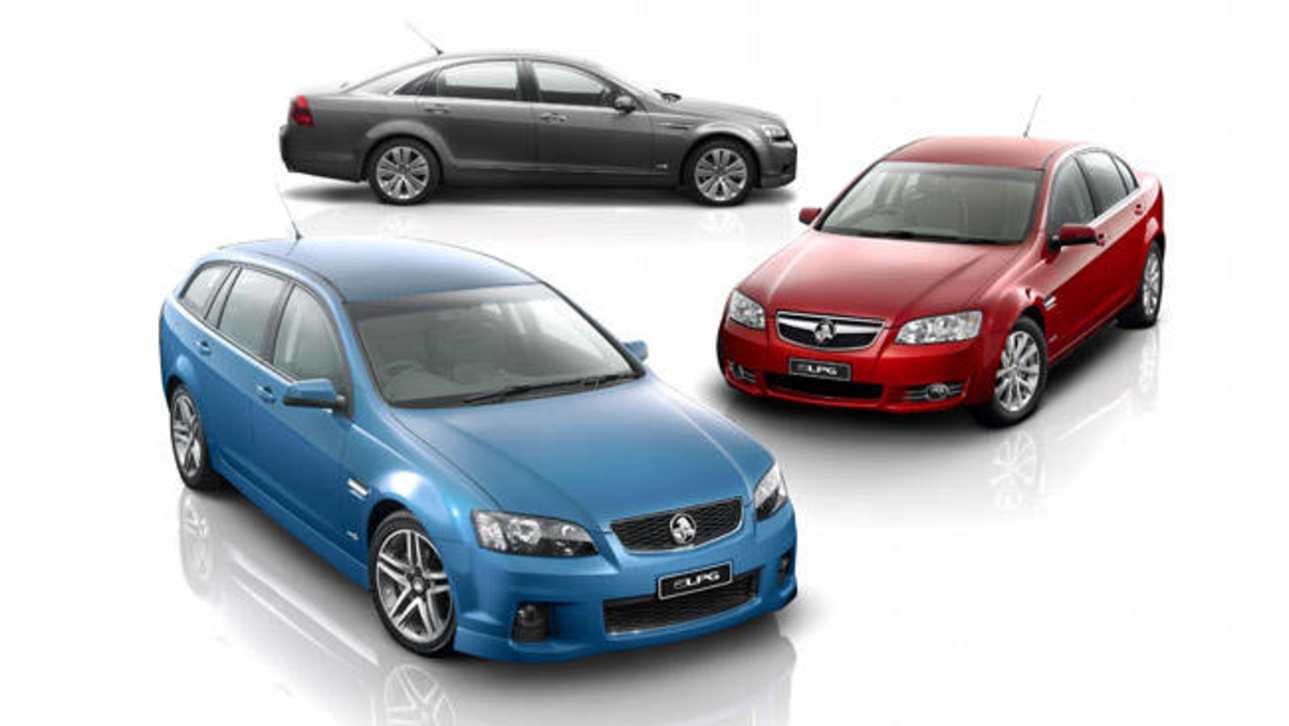Holden engineers clocked up some 1.3 million development kilometres in the LPG Commodore and produced 78 testing and evaluation prototypes.
Holden developed a `raft of local engineering solutions' for the LPG Commodore to improve driveability and to cut running costs. Holden claims the LPG car costs roughly the same to run as a small or medium-sized petrol car.
They evaluated liquid and vapour-injection LPG systems opting for vapour injection. According to Holden, vapour injection provides lower fuel consumption and lower CO2 emissions compared to liquid, while vapour also uses fuel more efficiently with fewer pumping and parasitic losses.
Holden says vapour systems are less mechanically demanding and therefore better suited to the varying grades of LPG fuel found across Australia. Ford, which uses Liquid LPG injection on its LPi Falcon, has a different view.
The heart of the LPG Commodore is the 3.6-litre, double overhead cam V6 engine, with four valves per cylinder. This engine has been re-designed to run solely on LPG and therefore has allowed for design optimisation in several key areas. As LPG contains a higher octane rating than petrol, new pistons of an optimised design have been used to raise the compression ratio to 12.2:1 to take full advantage of LPG fuel.
A particular highlight of the dedicated LPG Commodore is the new six-speed automatic transmission. Lighter, smarter and more refined, this new transmission boasts sophisticated control software that optimises shift patterns to provide outstanding driveability.
It produces 180kW of power and 320Nm of torque. In Omega spec, it records 11.8L/100km on the ADR combined cycle and the LPG range scores 4.5 stars from the Green Vehicle Guide, and exceeds projected Euro 6 exhaust emissions standards.
Touring range is around 700km from the 84-litre aluminium tank that resides behind the rear axle to optimise boot space. Dedicated LPG is available across a range of current Commodore sedans, Sportwagons utes and long wheelbase Caprice.
The additional cost is $2500 with a Federal Government rebate of $2000 available.




-2.jpg)


.jpg)

.jpg)
.jpg)



.jpg)

.jpg)
.jpg)




.jpg)








.jpg)
Comments